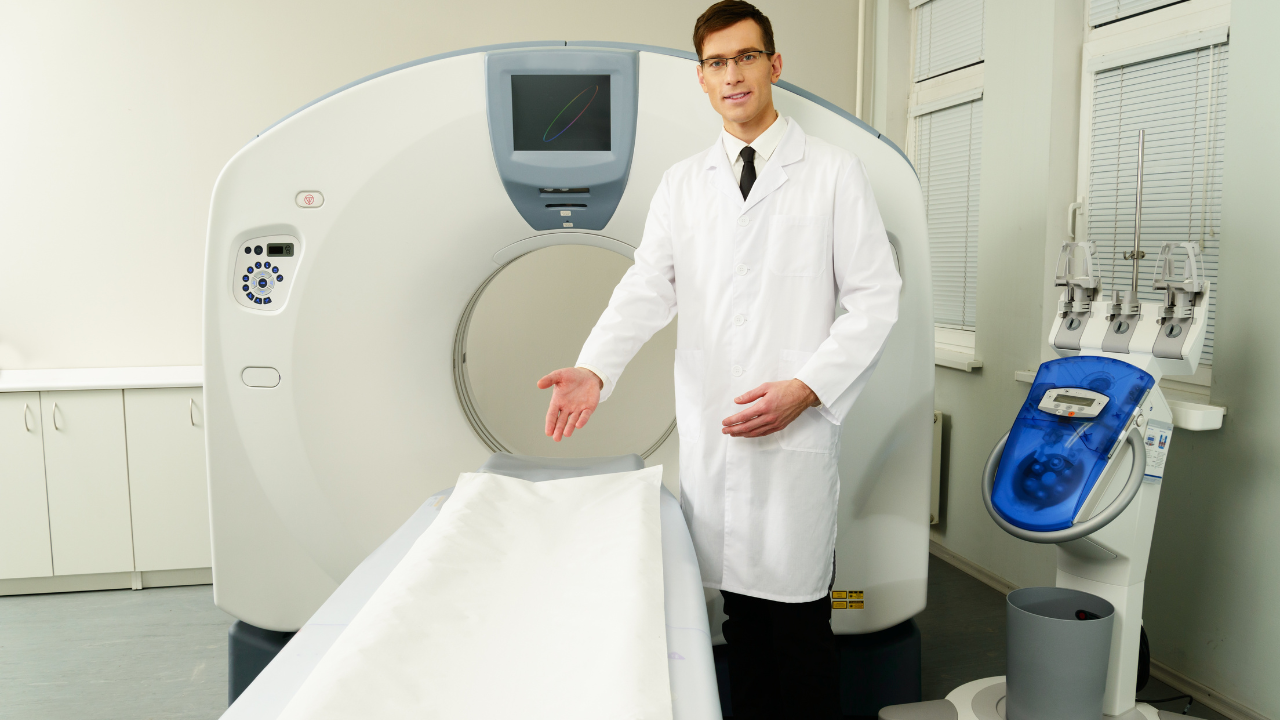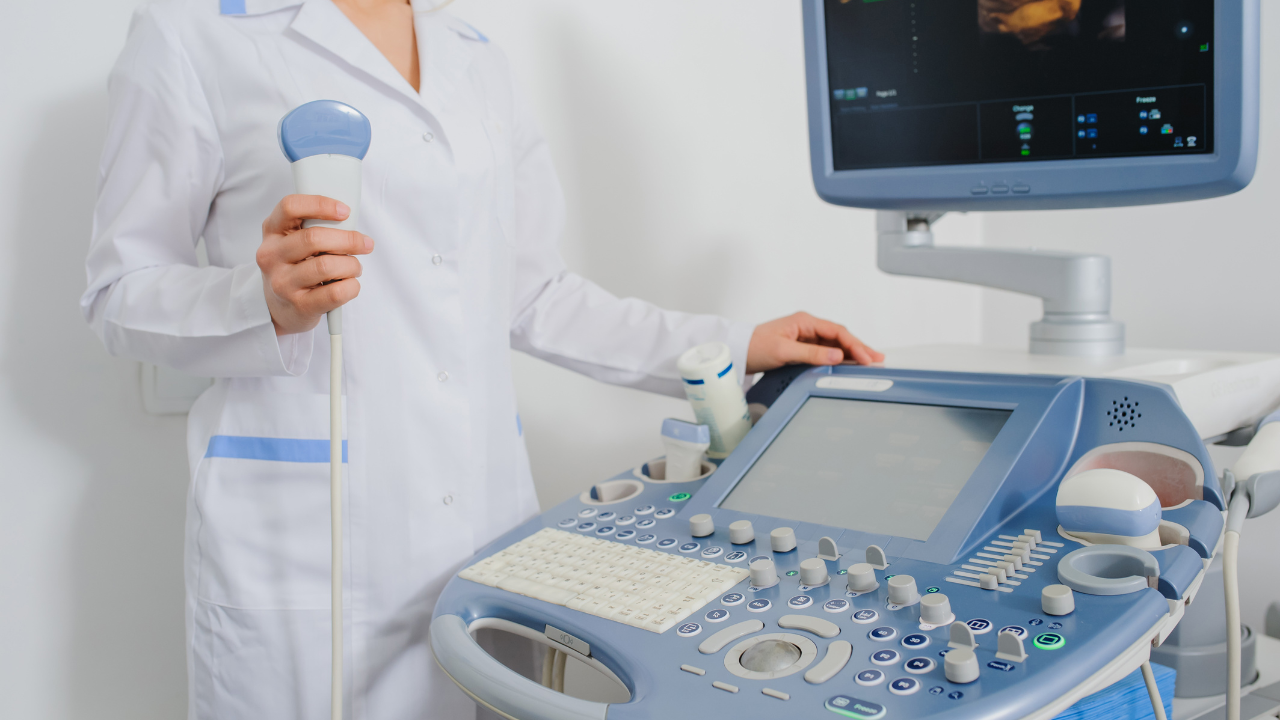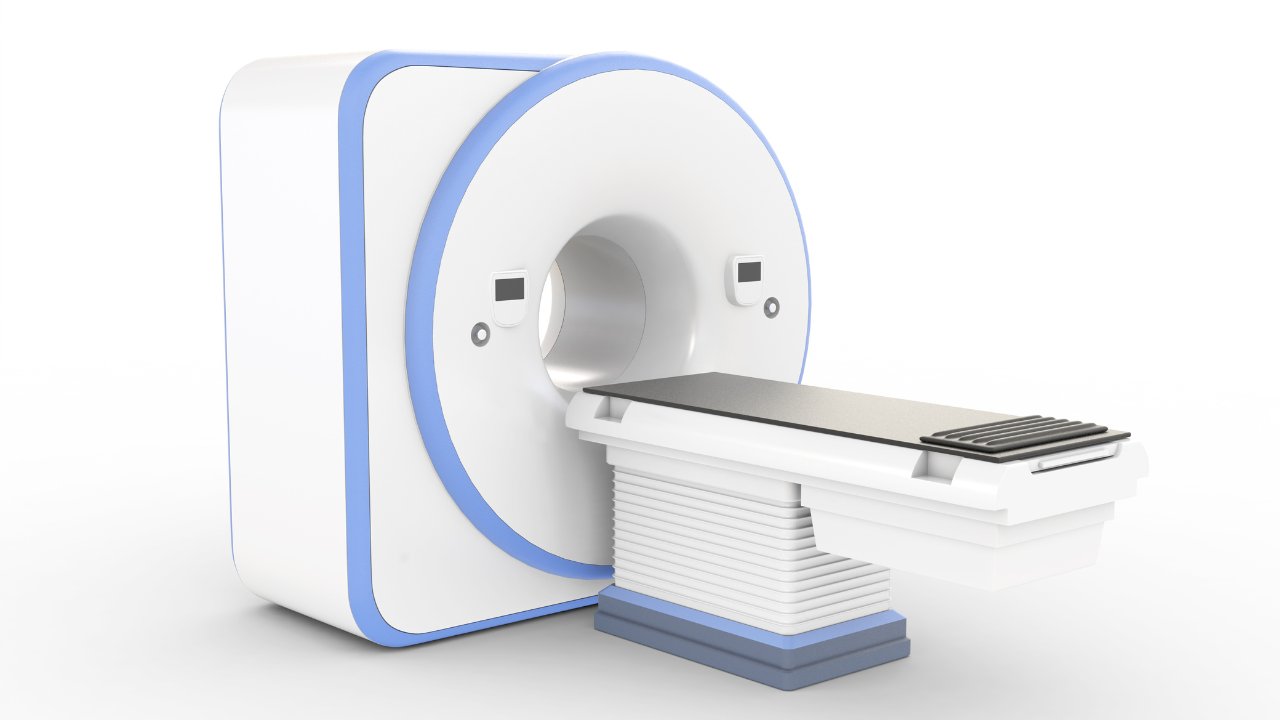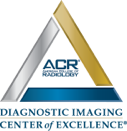Blog and News
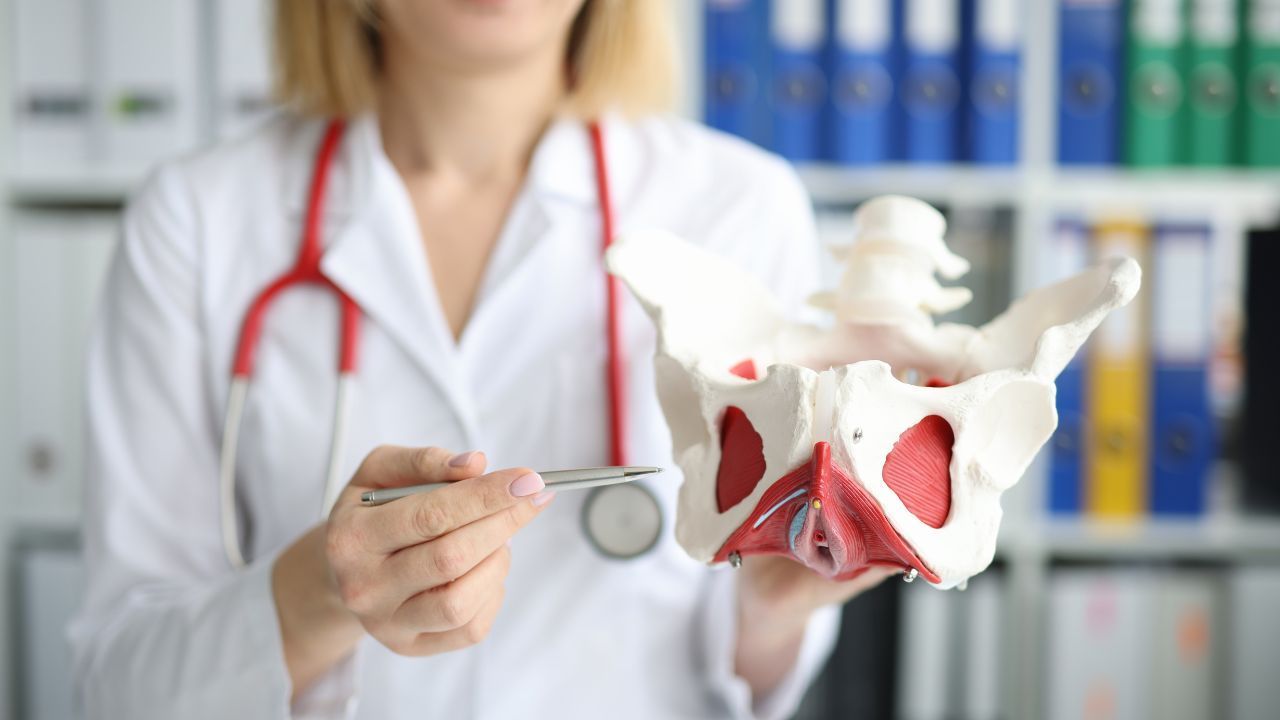
Was The Hip Fracture or The Fall First?

A hip fracture is a break in the uppermost quarter of the femur, normally appearing near the ball-and-socket joint of the hip. In adults over 65, there are a minimum of 258,000 hip fracture hospitalizations each year, according to the Center for Disease Control. Additionally, a fifth of patients who suffered a hip fracture die within the year following their fracture.
For this demographic, a hip fracture can be a life changing event.
The recovery time for hip fractures is up to a year and requires extensive rehabilitation. due to the long recovery time and required rehabilitation.
Additionally, for a third of previously independent older adults, a hip fracture can mean admission into an assisted living center.
Hip Fractures and Falls
While it is true that many hip fractures occur because of a fall caused by a loss of balance, this is not always the case. Did you know that some falls can occur because of a previously fractured hip? In some cases, the hip bones is more vulnerable to breaking because of a previous existing condition.
The following medical conditions may result in an increased susceptibility to breaking in the hip:
- stress injuries
- cancer
- osteoporosis
In some instances, these conditions can cause the hip bone to be so weakened that even twisting or standing on the leg can cause a fracture. Many doctors believe the fracture happens first and then results in a fall more often than people realize.
Osteoporosis and Hip Fractures
According to research released by The National Osteoporosis Foundation, approximately 54 million adults over the age of 50, who are living in America, suffer from osteoporosis or low bone mass. This research also predicted rates to continue to increase similarly to how they have in the past.
This prediction would mean an increase of 29% between the years of 2010 and 2030, meaning an estimated 71.2 million older adults will have low bone mass or osteoporosis by 2030.
Are you at risk for osteoporosis?
It is helpful to understand if you are at risk for osteoporosis. There are many factors which can increase the likelihood of developing osteoporosis in the future. Being a woman, aging, and being thin or small automatically put you at risk for developing osteoporosis. Additionally, your medical history may play a role if you have osteoporosis in your family history, if you are a taking certain medications, and you already have low bone density.
If you feel you have reason to be concerned, or feel you may be at risk for osteoporosis, a bone density test is the best best test that can diagnose osteoporosis.
About Bone Density Tests
Bone density tests use low-dose x-rays to measure the level of certain minerals, specifically calcium, in a specific section of a bone. Bone density tests can diagnose you with low bone density or osteoporosis. The test can also be used the measure the success of your current osteoporosis treatment by determining if your condition is improving, worsening, or remaining the same.
Bone Density Tests may be known by a myriad of alternative names, including:
- BMD Test
- Bone densitometry
- Dual-energy x-ray absorptiometry or DEXA scan
- Bone Scan
- DXA
- p-DEXA
Ultimately, the goal of a bone density test is to help you determine if you have osteoporosis and may be at risk for a fall in the future, according to the National Osteoporosis Foundation. It is a painless procedure, which can completed in less than half an hour.
Who Should Have a Bone Density Test?
Individuals who are at risk for osteoporosis should have a bone density test. If you you are at risk for osteoporosis, you may also be at risk for a fall in the future. Additionally, it is recommend that you have a bone density test if any of the following factors apply to you:
- you are a postmenopausal woman who is over 5 feet 7 inches or weighs less than 125 and you are not taking estrogen.
- you or your mother have a history of smoking.
- you have a family history of osteoporosis or your mother has a history of bone fracture.
- you have type I diabetes, kidney disease, liver disease, a thyroid or parathyroid condition
- you have a medical conditions or you are taking medications known to be associated with bone loss.
- you have experienced a fracture as the result of mild trauma.
- you have had an x-ray which indicated other signs of osteoporosis.
The National Osteoporosis Foundation suggests you repeat a bone density test every one to two years if you have been diagnosed with osteoporosis. By doing so, your doctor can measure the effectiveness of the medication you are taking.
After having a bone density test, your healthcare provider can work with you to determine if your results warrant pursuing treatment. Doctor appointments are also available with our sister company First Choice Medical located in our same building. Your doctor will take into consideration your test results, as well as your risk factors for osteoporosis, and your medical history before making a decision about treatment.
If you feel you may be at risk for osteoporosis or are concerned about injuring yourself in a fall, we suggest you speak with your healthcare provider about your concerns, including getting a bone density test for osteoporosis.
Bone density tests are inexpensive and help avoid problems in the future.
Please call Fox Valley Imaging at 630-416-1300 to schedule your bone density test.


